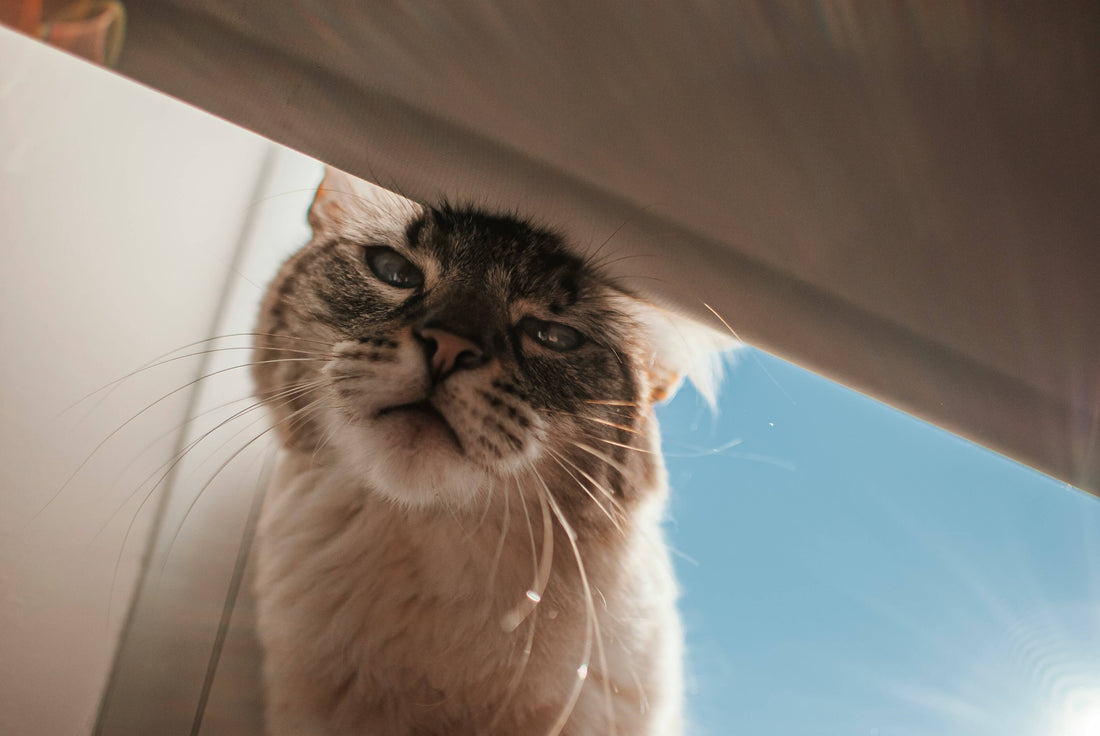
Understanding Cat Body Language: What Your Feline Is Really Saying
Share
Cats may not speak our language, but they’re constantly communicating through their bodies. From the flick of a tail to the slow blink of an eye, every movement carries meaning. Learning to read these signals can strengthen your bond and help you understand what your cat really wants.
The Basics of Cat Body Language
Ears
Forward: Curious, alert, interested.
Sideways or back (“airplane ears”): Nervous, overwhelmed, or overstimulated.
Flattened: Fearful or ready to defend.
Tail
Straight up: Friendly greeting, confident mood.
Puffed up: Scared or startled.
Slow swish: Mild irritation.
Rapid thrash: Anger or strong agitation.
Eyes
Slow blink: Trust and affection.
Wide pupils: Excitement, play mode, or fear.
Narrow pupils: Focus, sometimes aggression.
Common Cat Postures
Relaxed
A cat lying on its side or with paws tucked under the body feels safe and content.
Belly Up
Exposing the belly signals trust — but it’s not always an invitation to touch. Many cats prefer their belly admired, not petted.
Arched Back
A classic “Halloween cat” posture. Usually fear or a defensive reaction.
Rubbing Against You
Cats rub to mark their territory with scent glands in their face. It’s their way of saying: “You belong to me.”
Why Reading Cat Body Language Matters
Cats are subtle communicators. Misreading their cues can lead to scratches, stress, or missed opportunities to bond. Recognising the difference between “playful swipe” and “leave me alone” helps create a calmer home for both of you.
How to Respond to Your Cat’s Signals
Relaxed cat: Enjoy the moment — this is when bonding happens.
Nervous cat: Lower stimulation, give space, and avoid loud noises.
Playful but swishy-tailed cat: Engage with toys, not hands.
Affectionate cat (slow blink, rubbing): Return the gesture. Try giving a slow blink back — it’s cat for “I love you.”
And if you’re settling in for a blink-and-purr session, you’ll want to be comfy. Slip into our cozy Signature Sweatshirt or explore the Cat Parent Essentials Collection for minimalist pieces designed for real cat life.
Building a Stronger Bond
Understanding cat body language is less about memorising every detail and more about observing your cat’s patterns. Over time, you’ll start noticing when a twitch means excitement versus irritation. Every cat has a unique “vocabulary,” and learning it is part of the fun.
💭 Final Thoughts
Cats are constantly talking — just not with words. Their ears, tails, eyes, and posture give you insight into their mood and needs. The more you pay attention, the better your bond becomes. And when you’re curled up decoding tail flicks at home, don’t forget to treat yourself too with something from Mewkami.
